Everyone wants their favourite video game franchise set in Japan, right? There were calls for Assassin’s Creed to do a Japanese entry for more than a decade before Shadows. The first and best of the rebooted Tomb Raiders is arguably the one on the windswept Japanese island. And while it’s not one I would ever have gambled on, given its ubiquitous setting, it is now the turn of the rebooted and very much alive again Silent Hill series.
Silent Hill f leaves behind the eponymous Silent Hill itself in favour of the rural Japanese village of Ebisugaoka (the Ebisu is the god of fortune, and the goaka means hill – so it’s close), a quaint location nestled in a valley where the fog likes to lie thick. Check. It stars a Japanese high schooler called Hinako in the lead role and armed with a lead pipe it’s up to her to survive when the village becomes engulfed in the red flowers and thorns of an evil haunting that gets right in her head.
Is it true to the Silent Hill name, and the setting never mattered? Is it a completely different experience when you do away with derelict hospitals and Pyramid Head? I’ve got my patented Silent Hill lead pipe – that doesn’t matter which country you’re in – and I’m exquisitely underarmed for the horrors ahead. Let’s do this.
Enjoy The Silence
So even though Hinako is the MC here, you get the impression up front that she’s a bit of an odd duck. She’s sort of a tomboy and physically able, which is good for the rigors ahead, but through her being ostracised to some extent by an odd village community, we come to see her as the only one with a shred of sanity remaining. After a heated argument with her abusive father, she leaves the house, probably for the last time. Because as you descend from your hillside home overlooking the village, everything seems deserted. The tension mounts, the drone sharpens, and after a very short meet-up with a few odd friends, all hell breaks loose.
In particular, it’s a flourishing, but very much disgusting red flower and the sort of body horror spiky carcass-like morass it creates, that comes blasting out of the fog intent on coating the village. With it comes strange marionette-like enemies, that attack out of nowhere and lull you into thinking they aren’t moving, and then pounce. They are horrid. But as with previous entries in the Silent Hill series, much of that feels like window dressing for the intense psychological mystery of Hinako herself and the history of the village.
The structure of the game takes the form of creeping around the village and looking for your scattered friends of moving slightly arbitrarily from one kid’s house to another, and a series of interspersed dream-like sequences where Hinako is led around by an Inari spirit. Both have their positives and negatives, but I appreciated for once not loathing a dream sequence as it was played quite straight and didn’t feel out of place.
Maybe it’s just in keeping with the Silent Hill vibe, but all Hinako’s friends are odd, characters that sometimes don’t even seem to react to the horrors around them, always seeming to be slightly doped up, or on another plane of existence. There are times when they don’t seem to care there are spindly creatures all around, or barely talk about it, preferring instead abruptly talking about memories, crushes, or teenage school life, instead of what to do next, how to survive this, resources, you know, the normal fucking stuff you’d talk about. But this was the way of most of Silent Hill 2 as well. Maybe I just need to get with the programme, but sometimes I just wish one NPC would react in a realistic manner.
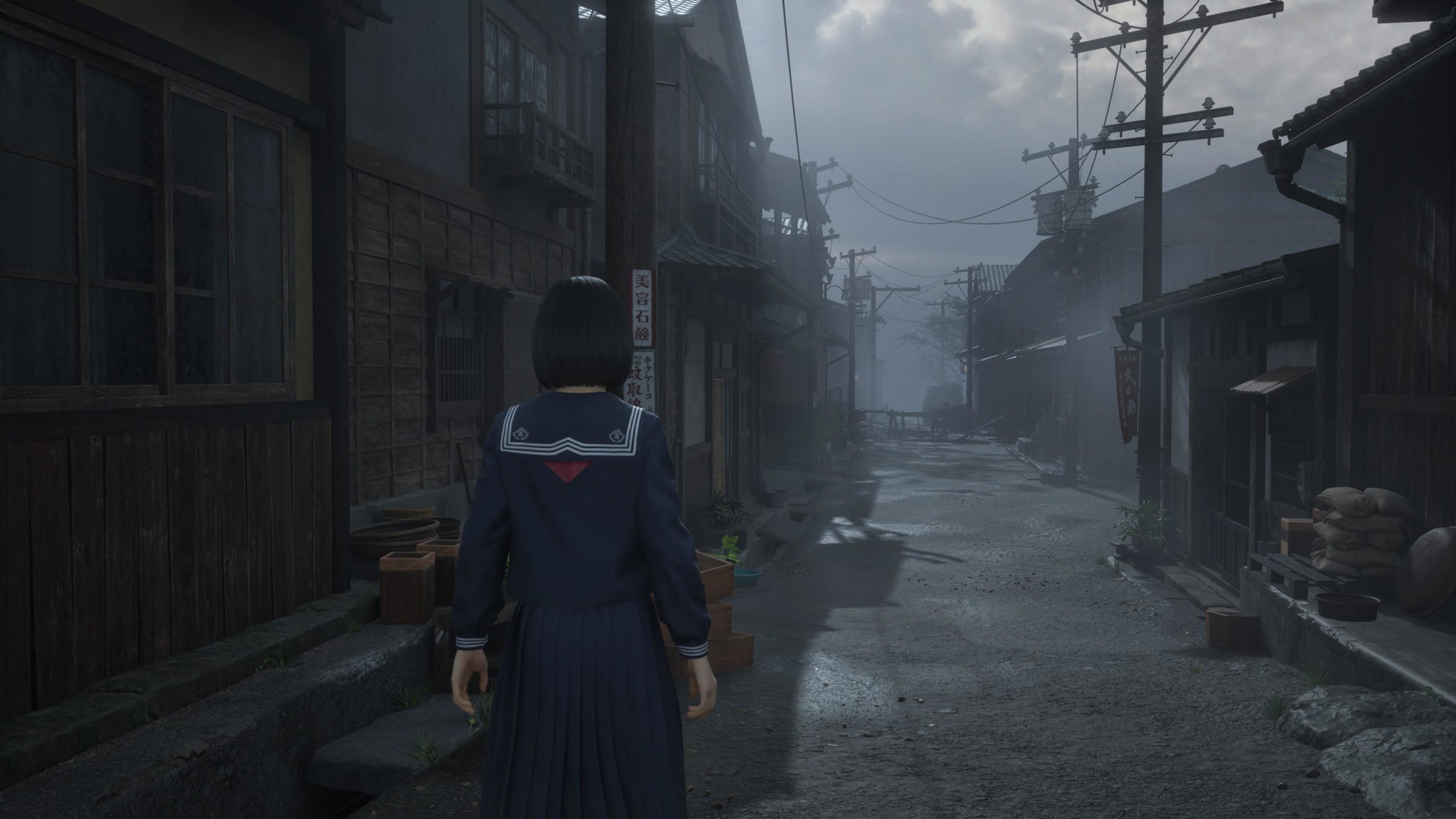
The Silent Treatment
Exploring Ebisugaoka is both familiar and alien. Familiar because the gameplay is the same as your Resident Evils, or indeed other Silent Hills and survival horrors from time immemorial – find resources and health items, keys, items, or puzzles that open doors, and weapons or items to keep the nasties at bay and make progress. Alien because at least for a western audience, the rural Japanese village of Ebisugaoka is a new level of creepy – the age-old line of saying the setting is like a character all of its own never applies more than in Silent Hill, and in f this sense of place is even more apparent than other entries. It’s breathtakingly beautiful, and grim and horrific all at once, with so much depth and history it literally creaks.
The dreams or moments where Hinako just loses track of her surroundings, are often some of the best. Early on there’s a field where you need to identify the correct mannequins or get attacked, which I found horribly tense and claustrophobic despite the open area. There’s a few levels creeping through an old Japanese house that’s virtually a temple, and it’s full of secret doors and hidden rooms, and it’s so very Japanese, and true to some of its best horror traditions. I was grinning while intensely frowning in concentration.
More of Hinako’s issues seem to be psychological in nature, than just the haunting of the village. It’s quickly apparent she’s being singled out as an object of interest, with demonic spirits, strange but hopefully benevolent fox spirits masquerading as humans, and every creepy puppet or manifestation of a friend’s soul in the area fighting over her.
I did find the control scheme a little odd, but it’s hard to put my finger on why. It didn’t feel that different from Silent Hill 2, but then it was more clearly odd. To describe it, it’s like tank controls when walking, allowing for backing up at scary things without turning, but then it’s normal modern controls when running. It’s never a deal breaker, and it’s not clunky – it works really nicely – but it took me an hour or so to get used to.
One creepy aspect I often found missing in Silent Hill f was the way the mannequins and legs in Silent Hill 2 remake would hide and then pounce on you, often even under desks or behind doors – scoping out rooms was tense work. Unfortunately, I found little of that here – enemies announce themselves a fair bit more – probably to give you a chance to take them on in its more action combat style.
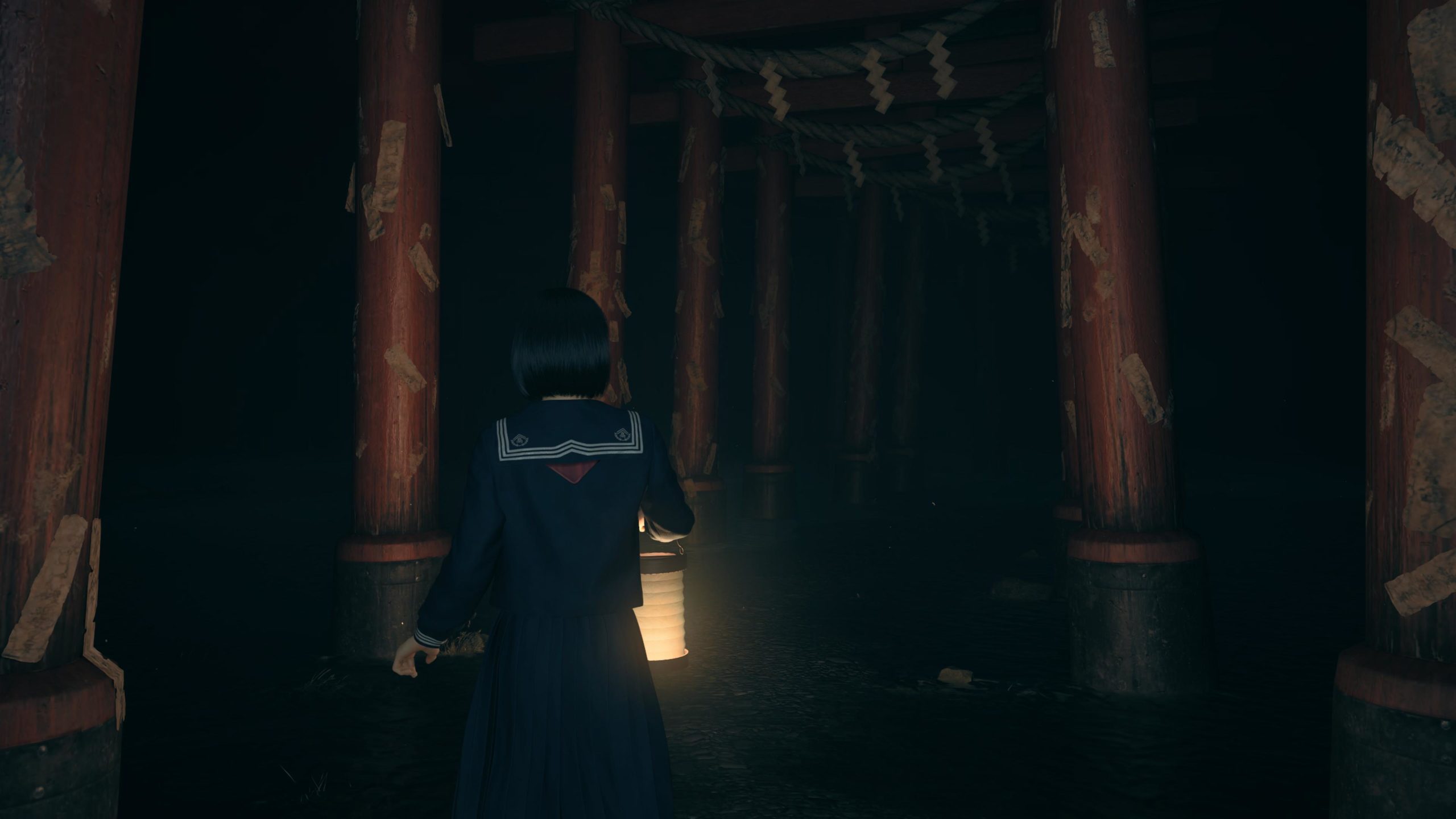
Running Down That Hill
Speaking of which, combat is a whole new thing even to the point of feeling like a spin-off – maybe that’s the reason for the f rather than a number. There’s been a fair bit theorised about the combat of Silent Hill f before release – is it a soulslike in some way, or is it true to its survival horror roots and closer to that style? The answer, as you might have guessed, is a little of both. The developers at Konami have kept true in many respects, in that you are underpowered, you have no firearm or ammo, and you just have the most basic of melee weapons. That lead pipe I mentioned.
But they’ve also taken a leaf from the soulslike playbook. Just one red leaf, mind. There’s a dodge mechanic that anyone who’s been playing Cronos recently will appreciate (it’s Super Effective!), there’s a timed parry along with a light and heavy attack, and there’s a stamina bar. So yes, combat can have a bit of reflex to it and require nimble fingers. But it’s rare that it really feels like a soulslike, because that’s where it ends. There’s no souls, no bonfire, no levelling or stats, and no esoteric lore hidden in item descriptions. It’s just the dodge, parry, and stamina combo. And that’s not enough for the label in my book.
Personally, I think it’s the best of both kinds of action, because while the horror is deep and dark and horrible, the action is also satisfying. I can get a little bit skilled at dodging these things, rather than always feeling unable. But spam the attack at your peril, as the enemy timing is always faster than you, and Hinako has a brutal recovery period after being twonked upside the head.
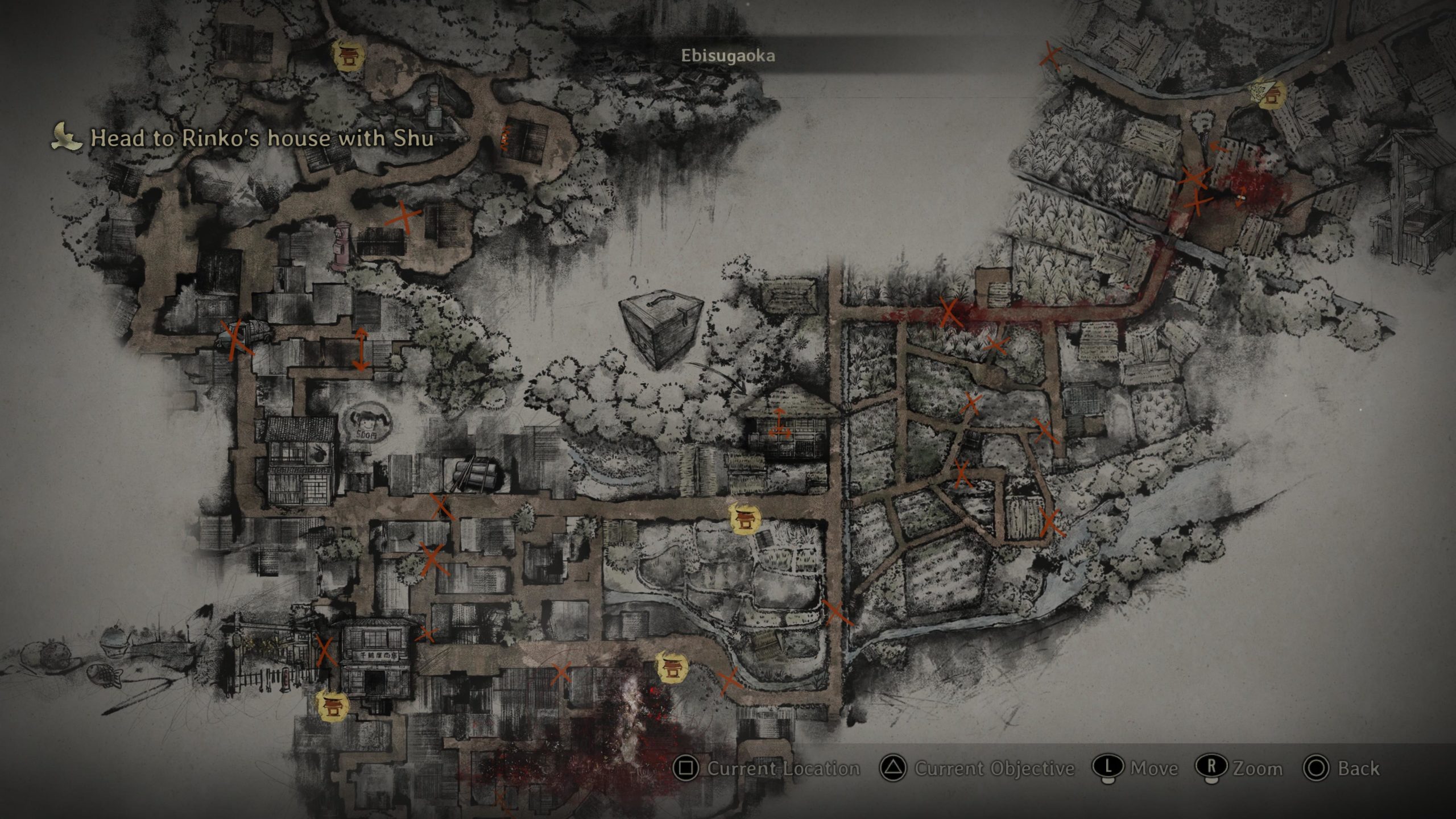
The Sound of Silence
It feels like a brave, possibly foolhardy decision, in this day and age of accessibility, to make a game where at least the default is Japanese language. There is an English dub, but it’s not great, suddenly making the game feel like a Netflix teen drama. It’s a design choice that I thought I might find distracting and possibly annoying due to being forced to read during the scenes. However, you need only remember the Ring, or Audition, to remember just how real and creepy and genuine the original language makes these types of experiences. Everything feels right in Japanese.
And the music, my god. Composed by Akira Yamaoka, the original composer of Silent Hill 1, 2 and 3, but here with genuine haunting Japanese instruments. It’s something else. It’s often incredibly restrained, and makes use of silence as you might expect, but then in comes those creepy refrains and drones, and the whole thing has you on edge. In combat, it’s suddenly even got that wonderful monk throat singing. A triumph of an OST, somehow outdoing already classic instalments.
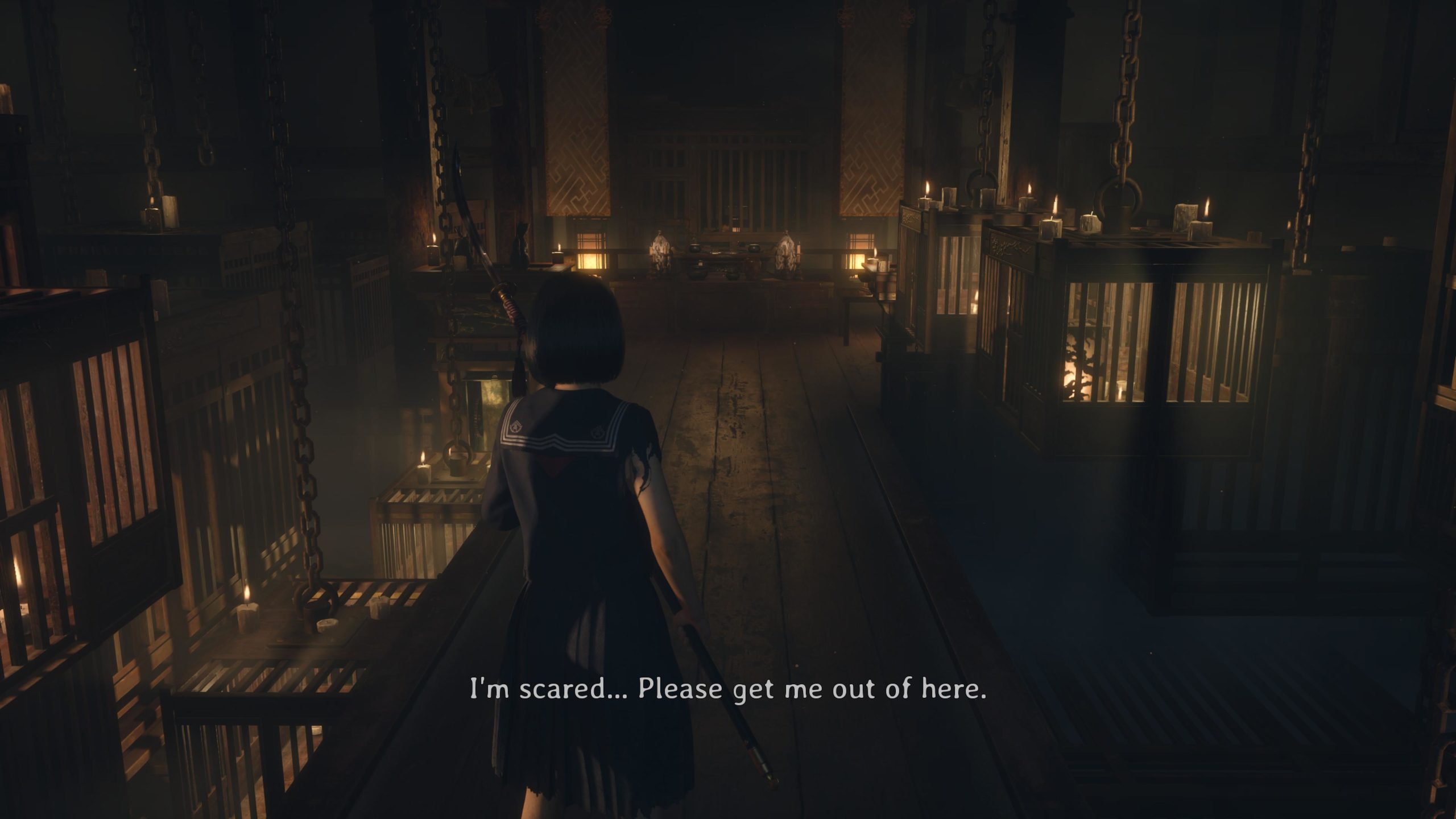
Hard Pressed
One other item that needs raising is the difficulty levels – they’re kind of confusing and there’s a fair bit of customisation to them, and it all feels unnecessary. So, you can have different ‘Action’ and ‘Puzzle’ difficulties. For action, where I’d normally pick er… Normal, Normal isn’t available – it’s Story, or Hard. Now I don’t want Hard combat until maybe a second playthrough. But I don’t want ‘Story’ either. Or I don’t think I do. I think the developers have just confused things unnecessarily by calling it story – in most games story is accepted to mean easy. And on playing the first playthrough, you’ll find Silent Hill f’s ‘story’ is nothing like easy – it’s normal.
Then it gives you a second choice for how hard the puzzles are, and it’s Story or Hard again, but now it’s explained that ‘Story’ means ‘Easy’ as you’d expect, and ‘Hard’ is the default, which means it should have been called Normal. And when you finish the game, you earn another level of hard called ‘Lost in the Fog’ mode for both Action and Puzzles. So altogether, that’s three difficulties under two headings, making nine possible combinations, I think.
Apart from obviously making the puzzles harder and the enemies tougher, it affects a meter called the Sanity meter. This allows for a focus move when you have sanity, and when it’s depleted, your health is eaten faster. The difficulties affect its rejuvenation at save points instead of costing faith, which is a currency for a few power-ups and accessories. My feeling is that instead of naming confusion that requires dozens of sites to now have difficulty explanation pages, it could all have been sorted by just using the right terminology – story for easy, normal for default, and hard for hard. Simples.
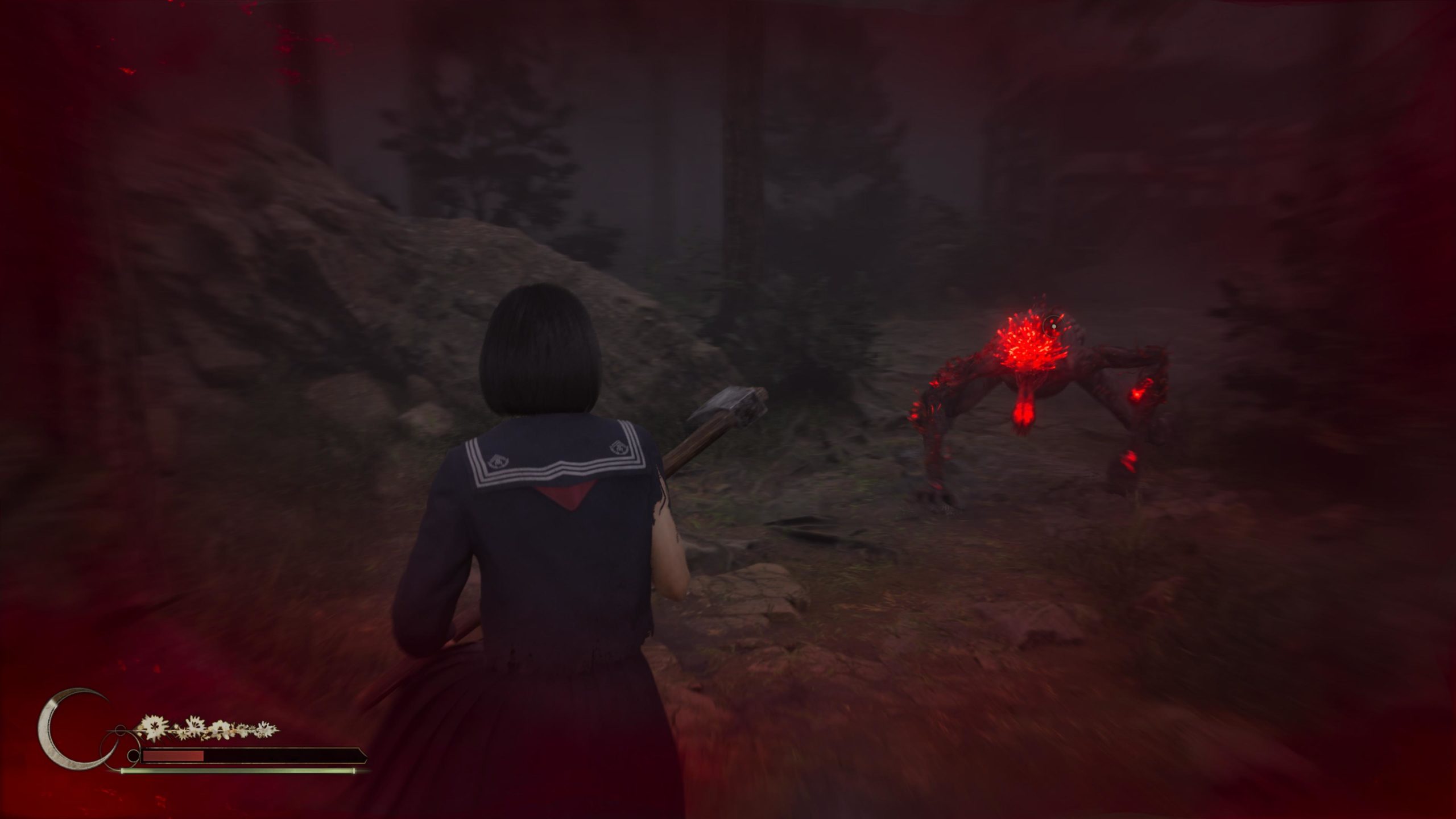
The Hills Are Alive
Silent Hill f enters the Silent Hill pantheon as a new contender in the franchise, something we’ve not seen in two decades. But with its clear vibes, excellent sense of location and creepiness, and bang up to date combat options, it confidently takes its place beside the elder gods. Creeping through a haunted Japanese village, realised to this outstanding quality, is an incredible joy to play, and I for one love the inclusion of dodges and parries in a survival horror. It does nothing to dampen tension, instead ramping it up alongside the scares, as you try and fail to catch that all-important timing.
Silent Hill f is available now on PlayStation 5 (review platform), Xbox Series S|X and PC via Steam.
Developer: NeoBards Entertainment Limited
Publisher: Konami
Disclaimer: In order to complete this review, we were provided with a promotional copy of the game. For our full review policy, please go here.
If you enjoyed this article or any more of our content, please consider our Patreon.
Make sure to follow Finger Guns on our social channels. Twitter, Facebook, Twitch, Spotify or Apple Podcasts – to keep up to date on our news, reviews and features.
